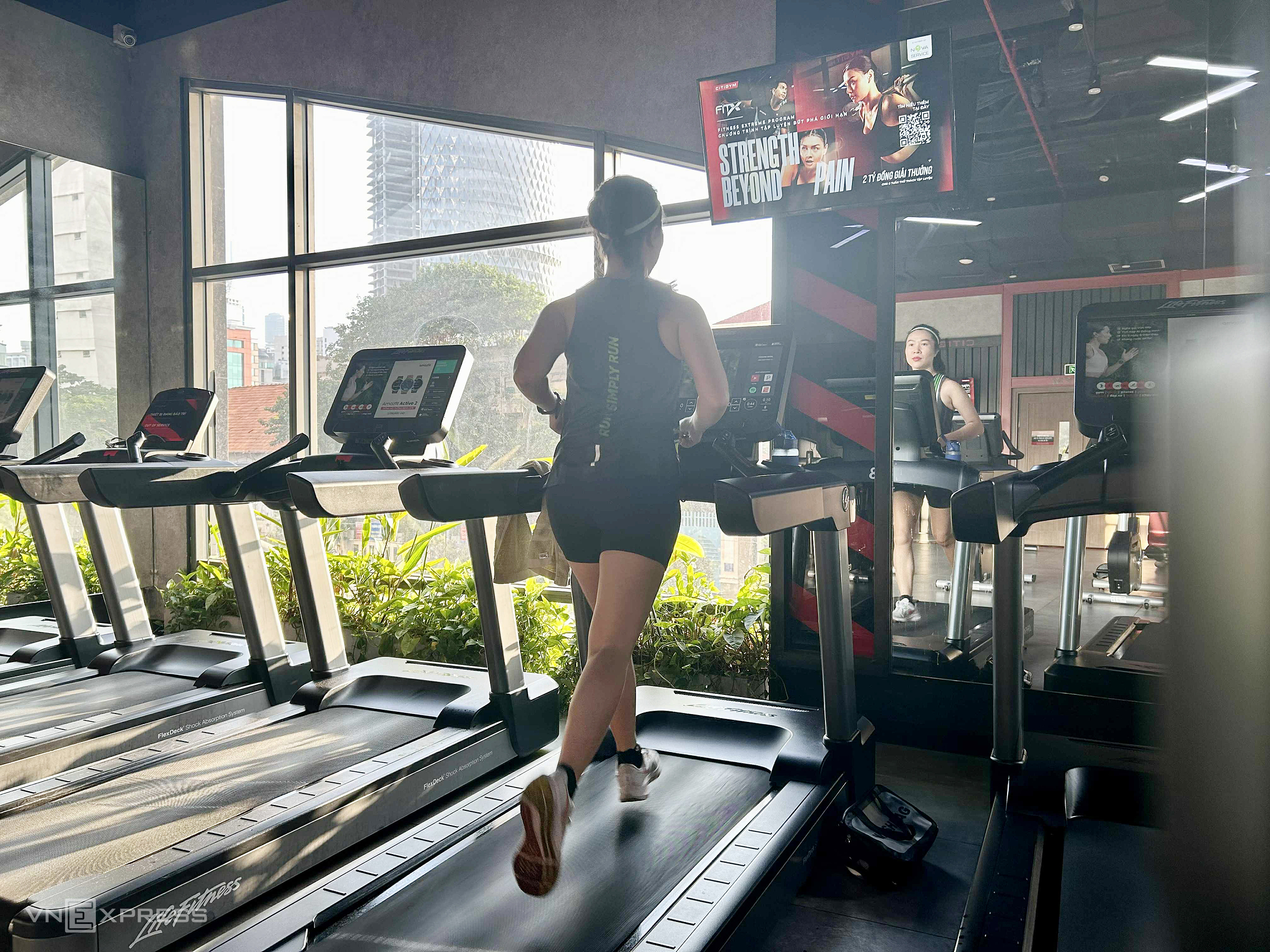Outdoor running provides a more realistic experience due to the terrain, wind, temperature, and natural light, closely simulating actual race conditions. Conversely, treadmill running offers greater control, suitable for indoor environments like gyms or homes. Treadmills also allow runners to eliminate unfavorable weather and terrain, maintaining consistent intensity.
Biomechanically, because the treadmill belt moves automatically, runners exert less propulsive force than when running outdoors. Consequently, glutes, hamstrings, and stabilizing muscles are engaged less compared to outdoor running.
Regarding joint impact, treadmills often have cushioning to absorb shock, reducing stress on knees and ankles. However, repetitive motion can lead to muscle fatigue and overuse injuries if workouts lack variation. Dr. Jordan Metzl, a sports medicine physician at the Hospital for Special Surgery (HSS) in New York City, notes, "Treadmills help control joint impact, but incorrect technique can lead to repetitive motion overuse syndromes due to a lack of variation."
 |
Treadmill training helps runners maintain pace and mileage goals during extreme weather like heavy rain, thunderstorms, or excessive heat and humidity. Photo: Hoang Yen
These differences require runners to consider 5 details for optimal treadmill training.
Adjust incline. To compensate for the lack of wind resistance and flat surface, simulating outdoor conditions, runners should set the incline to 1-2%.
According to Jack Daniels, PhD, exercise physiologist and author of "Daniels’ Running Formula", a 1% incline replicates air resistance and energy demands similar to running on a flat road.
Vary workouts. Avoid running at a constant speed. Alternate between fartleks, tempo runs, or intervals to develop cardiovascular fitness and endurance. Runners can also explore pre-programmed treadmill workouts on Garmin and other sports watches.
"Running at a steady pace on a treadmill can be monotonous and won't improve performance. Integrate speed variations for better results," advises American coach Amanda Brooks, author of "Run To The Finish".
Focus on form. Without attention to form, treadmill running can lead to slouching or uneven strides due to the lack of feedback from the ground. Maintaining proper running posture is crucial for injury prevention.
Avoid holding onto the handrails, keep your body upright, maintain a moderate stride, and ensure proper foot placement. Additionally, according to Trung Le, a veteran runner in Hanoi who spent almost 6 months refining his treadmill form during the Covid-19 pandemic, runners should relax their shoulders and let their feet fall naturally onto the belt. After pushing off, relax the leg and allow the heel to pull naturally through momentum. Treadmill speed should also be moderate to refine form.
Stay connected to reality. While treadmills can be effective for indoor training, they cannot fully replace outdoor running if the goal is competition or improving real-world terrain reflexes, according to coach Greg McMillan, founder of McMillan Running.
Incorporate outdoor runs to adapt to terrain, weather, and directional changes. For instance, if training for a marathon, runners should limit indoor running to 20% to 30% of total training time to optimize fitness and minimize road-related injury risks.
Don't skip warm-up and cooldown. Like any other physical activity, runners need a thorough warm-up before getting on the treadmill and a gentle cooldown afterward. Dr. Chris Johnson, a sports physical therapist, advises, "Wherever you run, warming up increases blood circulation and reduces injury risk, while cooling down gradually lowers heart rate and returns the body to a balanced state."
Treadmill and outdoor running each have their pros and cons. Runners should flexibly combine both, adjusting training plans based on goals, weather, and physical condition. Properly utilizing both environments will improve performance and sustain long-term running enjoyment.
Nhat Tao compiled












